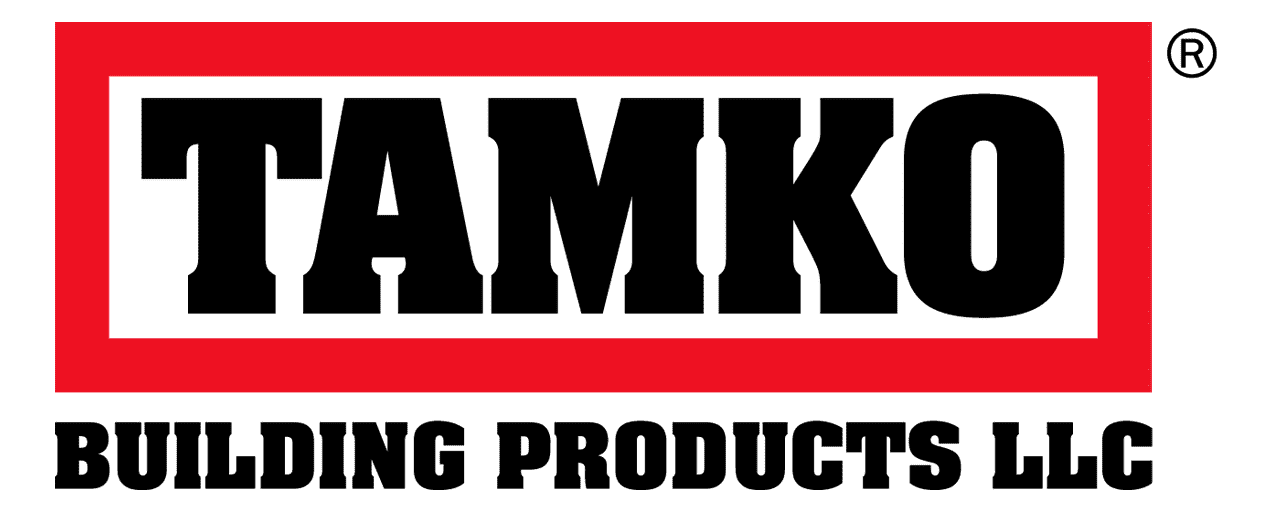SPONSORED BY


SPONSORED BY ROOFLE TECHNOLOGIES and OWENS CORNING
STORM SEASON 2025
Preparing for Uncertainty
Experts warn of an active storm season with up to 18 named storms, nearly 1,500 tornadoes and large hailstones
By Chris Gray
Roofing contractors can depend on the storm season to bring in business, but only those who are prepared and keep their ears to the ground — or eyes on the sky, in this case — will thrive.
If last year’s tumultuous season indicates what is to come, this storm season is shaping up to be one for the record books.
“We estimate that hurricanes, wildfires, winter storms, and impacts from extreme temperatures over the past 13 months have had a combined total damage and economic loss estimated at $693 billion to $799 billion,” said AccuWeather Chief Meteorologist Jonathan Porter.
With economic uncertainty gripping the country and state-level legislation potentially limiting how roofing companies can react to storms, contractors will want to arm themselves with as much knowledge and supplies as possible to ride out the storm.
Hurricane Predictions
Weather experts predict the 2025 hurricane season, which runs from June 1 to Nov. 30, will be similar to last year, which was among the costliest and most devastating seasons on record. The peak of the hurricane season activity typically falls on Sept. 10.
AccuWeather’s meteorologists are forecasting 13 and 18 named storms this year, including seven to 10 hurricanes, three to five major hurricanes at Category 3 or higher, and three to six direct U.S. impacts. There is a 20% chance of more than 18 named storms in 2025.
“We expect fewer named storms this year compared to last year,” Porter said. “The total number of storms is not truly what defines a hurricane season; it is the impacts to land and populated areas. It only takes one landfall to create a devastating season.”
AccuWeather hurricane experts say Texas, Louisiana, the western coast of Florida, North Carolina, and Atlantic Canada face a higher risk of direct impacts this hurricane season, compared to the historical average.
Colorado State University’s experts have similar numbers, predicting 17 named storms and nine hurricanes in 2025.
“So far, the 2025 hurricane season is exhibiting characteristics similar to 1996, 1999, 2006, 2008, 2011 and 2017,” said Phil Klotzbach, a senior research scientist in the Department of Atmospheric Science at CSU and lead author of the university’s hurricane report.
This is the university’s 42nd Atlantic forecast. It shows a 51% probability of major hurricanes making landfall on the entire U.S. coastline, 26% on the U.S. East Coast and 33% on the Gulf Coast.
Above-Average Tornado Season
Tornado activity is well above the norm in 2025, with more than 470 tornadoes reported through early April. The NOAA’s Storm Prediction Center received 883 preliminary tornado reports as of May 19. At the same time last year, there were 828.
The 2025 season is expected to surpass historical averages but not be as devastating as 2024. AccuWeather predicts 1,300 to 1,450 tornadoes, above the historical average of 1,225.
"This can be a spring where the Mississippi Valley has much more severe storms than Tornado Alley," said AccuWeather Long-Range Expert Paul Pastelok.
Storms in the Mississippi Valley develop due to persistent high pressure over the Southwest and warm water from the Gulf. The main areas of concern include Mississippi, Tennessee and the western Ohio valleys.
The NOAA reports there were 1,796 confirmed tornadoes in 2024, the second most on record, which goes back to 1950.
Derechos and Hail
According to AccuWeather, the chance of destructive storms known as derechos is expected to rise in late spring and summer. Derechos have been called “inland hurricanes” due to the intense winds and damage they generate.
Though it doesn’t cause the same havoc as hurricanes, tornadoes or derechos, hail is responsible for nearly $1.07 billion in damages annually in the U.S., according to Federal Emergency Management Agency data.
A study from Northern Illinois University found that hailstone sizes could grow by 15% to 75% as the planet gets warmer, meaning hailstorms may become more severe. The NOAA says a storm on May 9, 2024, produced a 6.12-inch hailstone, the largest on record for May.
In Tennessee, baseball-sized hail wreaked havoc on roofs in cities like Franklin after a severe storm on May 20. In Georgetown, Texas, Michael Pickel, president of Texas Traditions Roofing, estimated that around 40,000 to 50,000 homes were affected by a hailstorm on April 22.
"Cars have a lot of dents and dings in them. We're seeing some broken windows on the sides of homes. Some siding is getting damaged," he told NBC-affiliated NEWS4SA. "Significant hail impacts all over the roofs."
Beat the Heat
Extreme heat is yet another severe weather hazard that affects roofing. AccuWeather’s Pastelok says the three-month span of summer will feature sweltering heat, severe weather and intense wildfires.
“The only area we expect normal to below-historical-average temperatures this summer is across parts of the interior Northeast, interior mid-Atlantic and Tennessee Valley,” he said. “Don’t be fooled, we’ll still have some hot and humid stretches in this region from time to time.”
In cities such as Minneapolis, Dallas, Denver, Los Angeles, Phoenix, and Portland, the frequency of 90-degree days is expected to be in the same range as last summer.
In Texas, while repairing roofs damaged by hail, FSR Roofing in Central Texas used sun protection, stayed hydrated and took regular breaks while working in intense heat.
“You’re on a roof, especially with an 8/12 pitch, which is a little bit steeper? Yeah, your body is going to fall before you have time to think about it, especially when you’re getting dehydrated and you have that sense of heat exhaustion,” Project Manager Christian Miller told KWTX.
In 2023, OSHA reported 55 work-related deaths due to heat exposure.
HOMEOWNER TRENDS ROOFERS NEED TO KNOW
What:
A must-attend for all roofing contractors who are looking for:
- A better understanding of homeowner expectations for residential roofing contractors when it comes to the overall experience of purchasing a roof.
- Data-driven insight into where those expectations align with roofing contractors – and where they don’t.
- Market insight related to current and future trends in residential roofing.
- Exclusive viewpoints into current and future growth opportunities for contractors.
- Understanding what factors influence the contractor selection process.
- Ideas to improve customer communication and operational efficiency that grow profits.
When:
2 p.m., Thursday, May 23
Presenters:
- Mitch Henderson, co-CEO, BNP Media, Clear Seas Research
- Travis Harvego, CEO, Roofle Technologies. Harvego has more than 10 years of hands-on field experience in customer relationship management, sales, sales management, project management and labor relations.
- Mike Goldenstein, chief revenue officer, Roofle Technologies. With over 30 years in the roofing industry, Goldenstein is a voice contractors trust, and he excels at advocating for industry success and advancement.
- Chris Morris, CEO at Stonegate Group LLC. Morris boasts extensive expertise in roofing, digital marketing and AI-driven sales automation.

A rapid intensification of storms will likely be a major story yet again this year as sea-surface temperatures and ocean heat content across most of the basin are forecast to be well above average.
Stock Up on Supplies
The economic uncertainty of 2025 will likely impact supply chains this storm season. Eric Kjellander, a partner at the law firm Taft Stettinius & Hollister, said disruptions will likely occur as people race to buy up on supplies before tariffs further affect material pricing.
“I think the initial inclination when you're talking about tariffs from imported goods is ‘let’s turn to our domestic partners, our domestic suppliers.’ Well, if their demand all of a sudden doubles, triples, quadruples, whatever it is, we're going to start looking at some supply chain issues,” he said.
The Small Business Administration launched its “Make Onshoring Great Again Portal” in May, giving business owners a free tool to help them identify U.S. manufacturers and producers. The database has more than 1 million American suppliers, producers and manufacturers.
Prepare Your Teams
Steve Slepcevic, CEO of Strategic Response Partners, stresses that contractors should have an emergency plan for their workers as well as a strategy for helping customers affected by storms.
“Being in a state of readiness, to serve your community, don’t be reactionary when that stuff comes. Pull the plan out and say, ‘Hey, we did this, we drilled it, and we’re ready to serve our community,’” he says.
This emergency preparedness can include setting up a base camp for your business, as contractors and their workers are just as affected by severe weather as their customers. Among his suggestions are ensuring facilities have power and setting up mobile trailers as laundry and bathing centers for employees.
“I’m making sure that my guys are extremely well fed, that they’re sleeping in comfortable sleeping quarters,” he said in a Best of Success Podcast Show episode. “I’m taking away everything else that they shouldn’t be dealing with, and their only focus is on the task and work at hand.”
Marketing Opportunities
In addition to increased business, roofing contractors can capitalize on severe weather events through marketing and community outreach efforts.
Roofing companies like HomeVenture Roofing in Evansville, Ind., and South Breeze Roofing in Flowood, Miss., gathered customer testimonials and turned them into media releases, demonstrating residents can rely on them following a storm.
Others offer their expertise to residents, the media and their communities. Robert Maddox, owner and general manager of Hahn Roofing in Fort Dodge, Iowa, spoke with his local paper for an article informing residents to do their due diligence on finding a reputable roofing contractor, lending his company an air of credibility.
Roofing Educators in Summerville, S.C., offer free post-storm inspections and advertise it on their social media channels. They also issue media releases about staying informed and relying on trusted contractors.
“True to their name, Roofing Educators goes beyond basic service delivery by offering ongoing education for their clients. They believe that informed homeowners make better decisions and are more proactive about roof care,” the company said in a news release.
Art Aisner is editor-in-chief of Roofing Contractor. Reach him at 248-244-6497 or aisnera@bnpmedia.com.
Chris Gray is editor of Roofing Contractor. Reach him at 248-244-6498 or grayc@bnpmedia.com.


